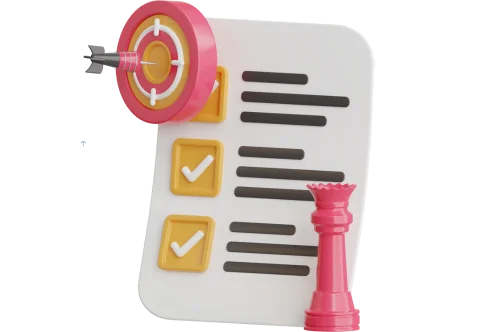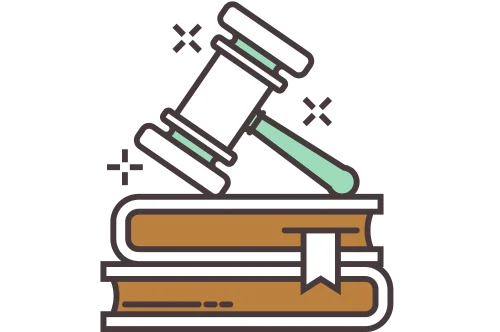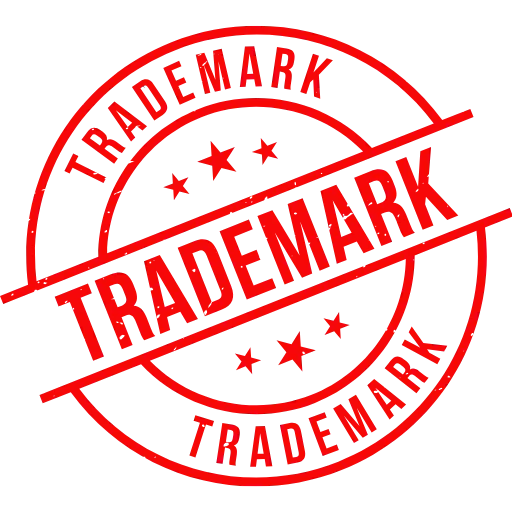
Online Logo Registration Service
- Brand Protection:
Secures legal rights for your logo, preventing unauthorized use and enhancing brand recognition.
- Streamlined Registration Process:
Expert guidance through every step of the registration process, ensuring accuracy and compliance with trademark laws.
- Comprehensive Search and Analysis:
Conducts thorough logo searches to avoid conflicts with existing trademarks, reducing the chances of rejection.
Our Client Google Reviews



Overview of LOGO Registration
Logo Registration is the legal process of securing exclusive rights to a logo, protecting it from unauthorized use, and establishing it as a recognized trademark for a business. Registering a logo enhances a brand’s credibility, allowing businesses to differentiate themselves and build customer loyalty through a distinct visual identity. By officially registering a logo, businesses gain the right to take legal action against any infringement, ensuring their brand remains unique and protected.
Key Aspects of Logo Registration:
Legal Protection: Logo registration provides the trademark owner with exclusive rights to use the logo across various regions and industries, safeguarding it from unauthorized use by competitors or other entities.
Distinct Identity: A registered logo solidifies brand identity, making it easier for customers to associate specific products or services with the business, thus strengthening brand loyalty.
Enhanced Brand Value: Registered logos are valuable intellectual property assets, contributing to a brand’s market value and providing leverage in potential partnerships, mergers, or expansions.
Benefits of Logo Registration:
- Protection Against Infringement: Legal ownership deters others from copying or using a similar logo, allowing businesses to take action against infringers.
- National and International Recognition: Registration can be pursued nationally and internationally, allowing businesses to operate with the assurance of logo protection across different markets.
- Business Credibility: A registered logo enhances brand credibility, instilling trust among customers, investors, and partners.
By registering a logo, businesses not only secure their unique brand image but also protect their investment in brand-building, fostering long-term growth and recognition.
Taxamicus LOGO Registration Services
Required Documents for LOGO Registration
Required Documents for Logo Registration
- Identity and address proof of the applicant (individual or business)
- Logo Image
- Business Registration Proof (if applicable)
- Description of Goods/Services
- Date of Logo First Use (if applicable)
- PAN and Aadhaar of Applicant (if applicable)

Why Taxamicus for LOGO Registration?

Comprehensive Trademark Search
We conduct a thorough trademark search to minimize the risk of rejection by identifying any existing similar trademarks, saving clients time and cost.

Expert Trademark Advisors
Taxamicus provides experienced advisors who specialize in trademark and logo registration, ensuring that your application is accurate and meets legal requirements.

End-to-End Registration Support
Our team handles every step of the process, from initial consultation to application submission and follow-up, making registration stress-free.

Clear Legal Guidance
Taxamicus offers expert advice on trademark laws, helping clients understand usage rights and potential limitations, protecting their logo effectively.
LOGO Registration Classes
Here’s an overview of the different trademark classes and the products/services covered under each. Trademark classification helps organize goods and services for the purpose of registering trademarks and is based on the Nice Classification system, which has 45 classes:
Goods (Classes 1-34)
- Class 1: Chemicals used in industry, science, agriculture (e.g., fertilizers, adhesives).
- Class 2: Paints, varnishes, and lacquers (e.g., colorants, printing inks).
- Class 3: Cosmetics and cleaning substances (e.g., soaps, perfumes, skincare).
- Class 4: Industrial oils, greases, fuels (e.g., motor oils, lubricants).
- Class 5: Pharmaceuticals and medical products (e.g., medicines, dietary supplements).
- Class 6: Metal products (e.g., building materials, metal pipes, safes).
- Class 7: Machines and machine tools (e.g., industrial machines, motors).
- Class 8: Hand tools (e.g., knives, forks, pliers).
- Class 9: Electrical and scientific apparatus (e.g., computers, software, cameras).
- Class 10: Medical apparatus and instruments (e.g., surgical instruments, dental equipment).
- Class 11: Lighting, heating, cooking appliances (e.g., light bulbs, air conditioners).
- Class 12: Vehicles and transport equipment (e.g., cars, bicycles, boats).
- Class 13: Firearms, explosives (e.g., guns, fireworks).
- Class 14: Precious metals, jewelry, watches (e.g., rings, necklaces).
- Class 15: Musical instruments (e.g., guitars, pianos).
- Class 16: Paper, printed materials, office supplies (e.g., stationery, books).
- Class 17: Rubber and plastic materials (e.g., insulation, plastic films).
- Class 18: Leather goods (e.g., bags, wallets, suitcases).
- Class 19: Building materials (e.g., cement, bricks, timber).
- Class 20: Furniture, mirrors, picture frames (e.g., beds, chairs, sofas).
- Class 21: Household utensils, kitchenware (e.g., cookware, brushes).
- Class 22: Ropes, nets, awnings (e.g., tarpaulins, tents).
- Class 23: Yarns and threads (e.g., cotton, wool).
- Class 24: Textiles, bed and table covers (e.g., curtains, bedspreads).
- Class 25: Clothing, footwear, headgear (e.g., shirts, shoes, hats).
- Class 26: Lace, ribbons, and embroidery (e.g., buttons, zippers).
- Class 27: Carpets, rugs, and mats (e.g., floor coverings, wallpaper).
- Class 28: Games, toys, and sporting goods (e.g., board games, gym equipment).
- Class 29: Meat, fish, dairy products (e.g., eggs, oils, canned goods).
- Class 30: Staple foods (e.g., coffee, tea, bread, cereals).
- Class 31: Agricultural products (e.g., fresh fruits, vegetables, seeds).
- Class 32: Beverages (e.g., mineral water, fruit drinks, soft drinks).
- Class 33: Alcoholic beverages (e.g., wine, beer, spirits).
- Class 34: Tobacco and smoking products (e.g., cigars, cigarettes, lighters).
Services (Classes 35-45)
- Class 35: Advertising, business management (e.g., marketing services, office functions).
- Class 36: Insurance, financial services (e.g., banking, real estate, investment).
- Class 37: Construction, repair, installation (e.g., plumbing, building maintenance).
- Class 38: Telecommunications (e.g., internet services, radio broadcasting).
- Class 39: Transport, packaging, and storage (e.g., shipping, travel services).
- Class 40: Treatment of materials (e.g., recycling, printing, custom manufacturing).
- Class 41: Education, entertainment (e.g., training services, sports, cultural events).
- Class 42: Scientific and technological services (e.g., software development, research).
- Class 43: Food and drink services (e.g., restaurants, catering).
- Class 44: Medical, veterinary, and agricultural services (e.g., hospitals, beauty salons).
- Class 45: Legal, security, and personal services (e.g., legal consultation, security services).
Each class covers a broad range of products or services, so choosing the correct class when registering your trademark is essential to ensuring proper protection.
FAQ
Logo registration is the process of obtaining legal protection for a logo, making it a registered trademark that can’t be used by others without permission.
Registering your logo protects it from unauthorized use, secures your brand identity, and gives you the right to take legal action against infringers.
Required documents typically include applicant ID proof, a high-resolution logo image, business registration proof (if applicable), and a description of goods/services.
The process can take anywhere from 6 to 18 months, depending on the jurisdiction and if there are objections or oppositions from third parties.
Logos that are too similar to existing trademarks may face objections or rejection. A thorough trademark search can help identify potential conflicts before applying.
Trademark classes categorize goods and services. Selecting the right class ensures your logo is protected within the specific category relevant to your business.
Logo protection typically lasts for 10 years, after which it can be renewed indefinitely as long as it remains in use.
Yes, you can use your logo while the application is pending, though legal protection only fully applies once the trademark is registered.
You may have the option to respond to the rejection by addressing the examiner’s concerns or modifying your application. Consulting with a trademark specialist can improve chances of success.
Yes, international registration is possible through treaties like the Madrid Protocol, which allows registration in multiple countries with a single application.





